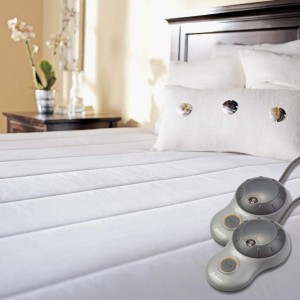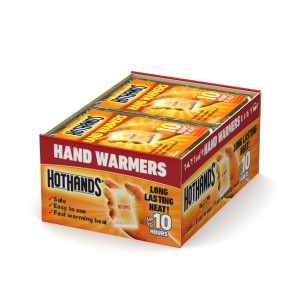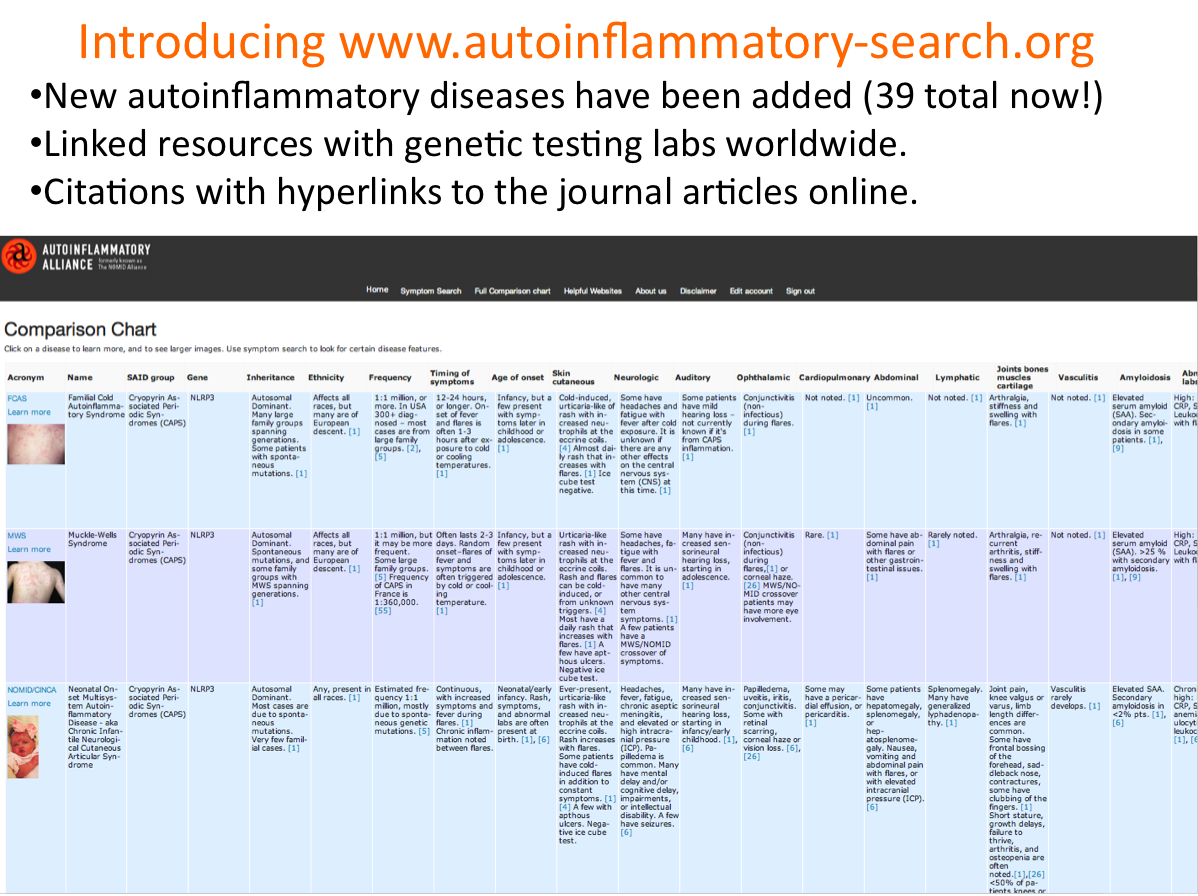 We are pleased to announce that our dynamic, autoinflammatory disease search database, based on our comparative chart is now ready for all to use at autoinflammatory-search.org! This project has been highly anticipated, and we hope that everyone will find it helpful, and that it will help more doctors and medical professionals, and also patients searching for information to learn more about autoinflammatory diseases.
We are pleased to announce that our dynamic, autoinflammatory disease search database, based on our comparative chart is now ready for all to use at autoinflammatory-search.org! This project has been highly anticipated, and we hope that everyone will find it helpful, and that it will help more doctors and medical professionals, and also patients searching for information to learn more about autoinflammatory diseases.
There are 39 diseases on the site as of 2015, and we will likely be adding a few more soon! This new site allows us to constantly update, add content and new research findings, and newly classified autoinflammatory diseases much faster than with our print or pdf version. Plus, it is a lot easier to see on the screen, and all the references are hyperlinked so you can go right to the source immediately.
Currently, the site and search system are in “beta mode” and are still being refined and improved, but we wanted to get this site out to the public now, since our original comparative chart of systemic autoinflammatory diseases needed to be updated, and it is so much easier to use this new database and interactive chart.
First, let’s talk about this new, comprehensive digital chart of systemic autoinflammatory diseases
You will first note that there are many options across the top heading area (white type on the black background) when you arrive at autoinflammatory-search.org.
The Full Comparison Chart heading will bring you to our newly updated, comprehensive digital version of our comparative chart of autoinflammatory diseases.
Clicking on the number in the brackets on the chart (for example: [1]) will bring you to the medical journal or resource reference, and a number of these links go directly to a full version of the article, or detailed abstracts.
You will need to scroll from left to right and down the page to view the entire chart content, but you can also click on the disease name or “Learn more” in blue on the left side of the page to view the diseases as vertical pages of content. These pages can be scrolled through, like a book, or you can return to the comparative chart format.
Here’s a short tutorial on how to use the search features in autoinflammatory-search.org
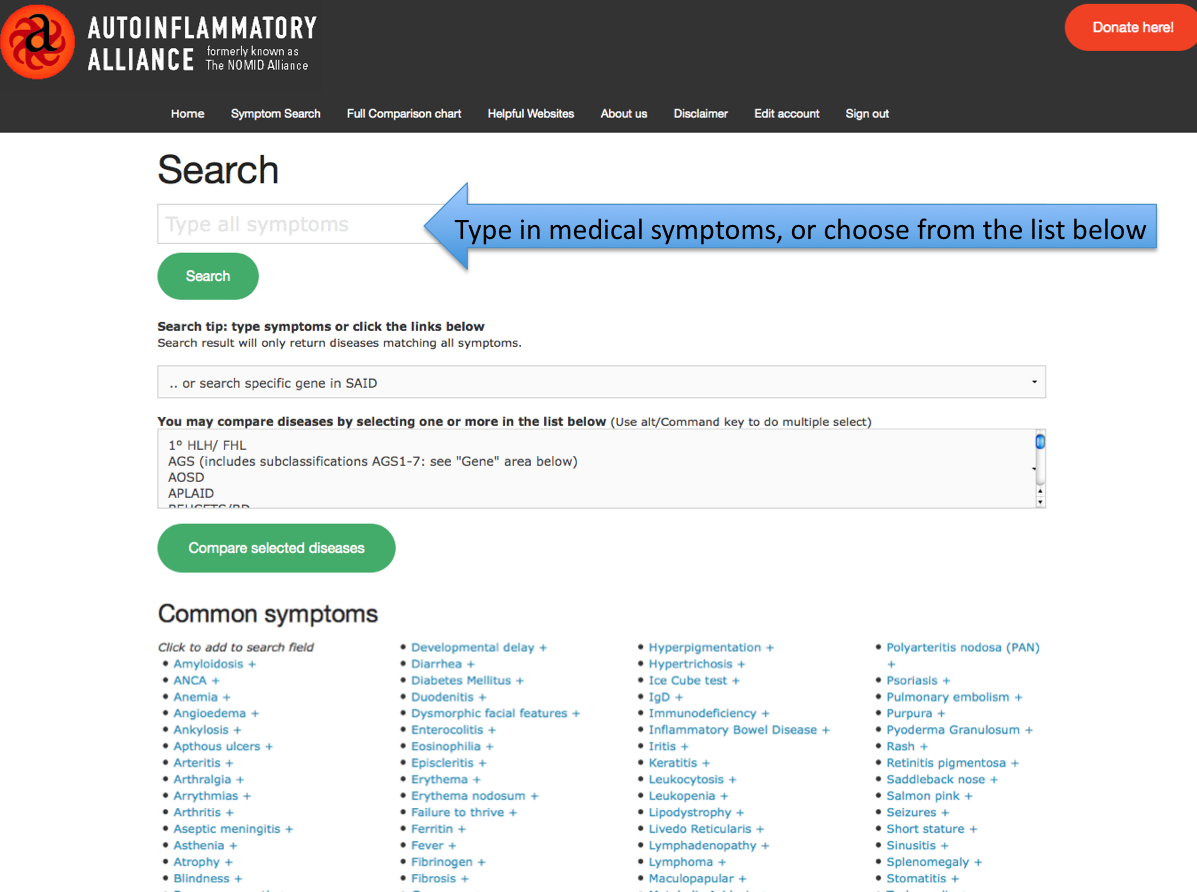 Click on the top white text in the black bar that says “Symptom Search.” This will bring you to this screen, where you can search for content in the chart in a few different ways.
Click on the top white text in the black bar that says “Symptom Search.” This will bring you to this screen, where you can search for content in the chart in a few different ways.
- Free text typing of disease symptoms. We recommend using medical terminology and correct spelling to maximize the current search, as it is still being refined. You can list off the most prominent symptoms into the search box where the blue arrow is pointing in the image. Searching for the more unique symptoms or lab results a patient has, such as “hearing loss” or “vaccine triggers” will get you a more refined list. Searching for common symptoms, such as “fever” or “rash” will get you a long list of possibilities.
- Or you can choose from the “Common Symptoms” list on the bottom of the search page. Hold down the command or Windows key on your keyboard to select all the terms that you want in the search.
- You can also search by disease names in the search area in the middle of the page. Select multiple diseases by holding down the Alt/ Command buttons on your keyboard.
- Note that the “search by gene” area is in the process of becoming operational and will be usable soon.
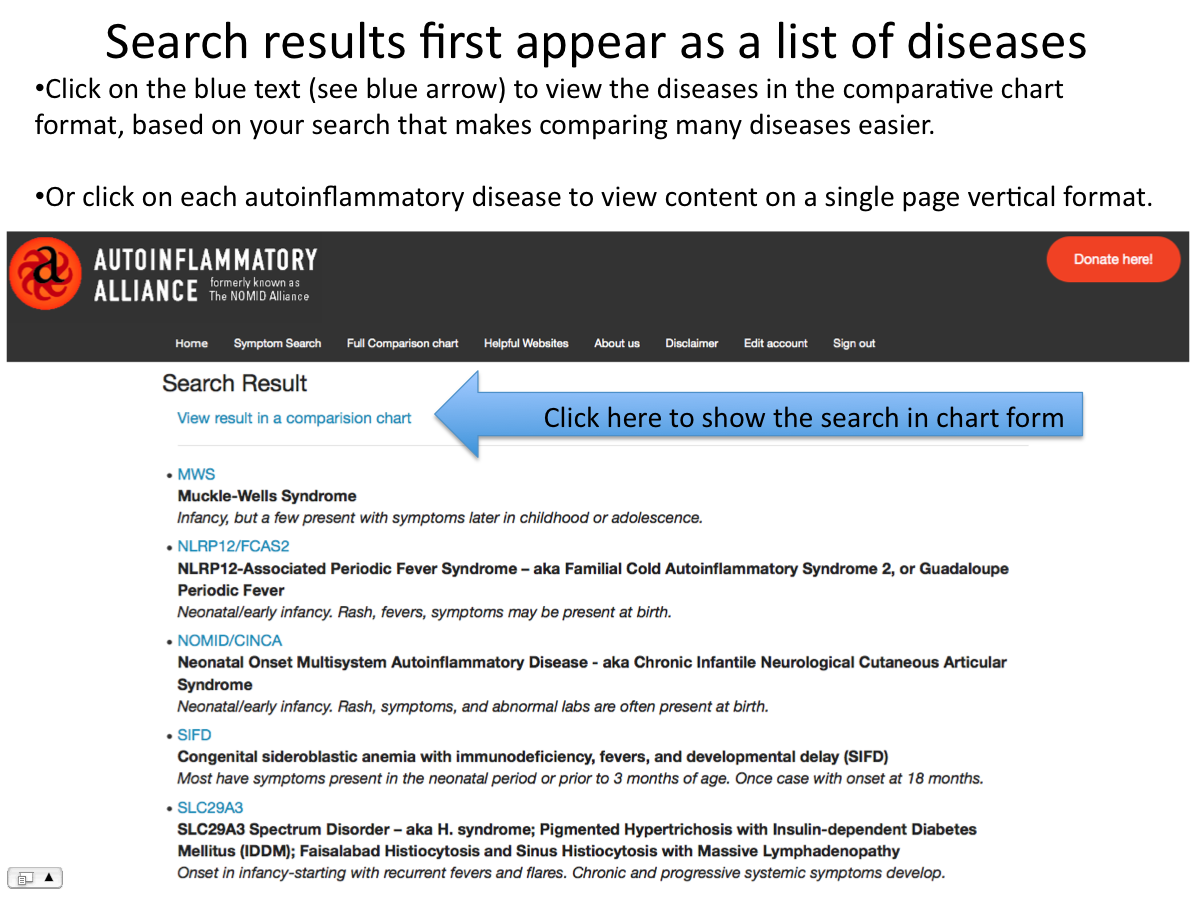
Search results options
After the search is completed, you will see a list of diseases on the screen. You can select the diseases (in blue) to view each disease as a full page, or you can view all the diseases that came up in that search in a “head to head” chart format to compare symptoms.
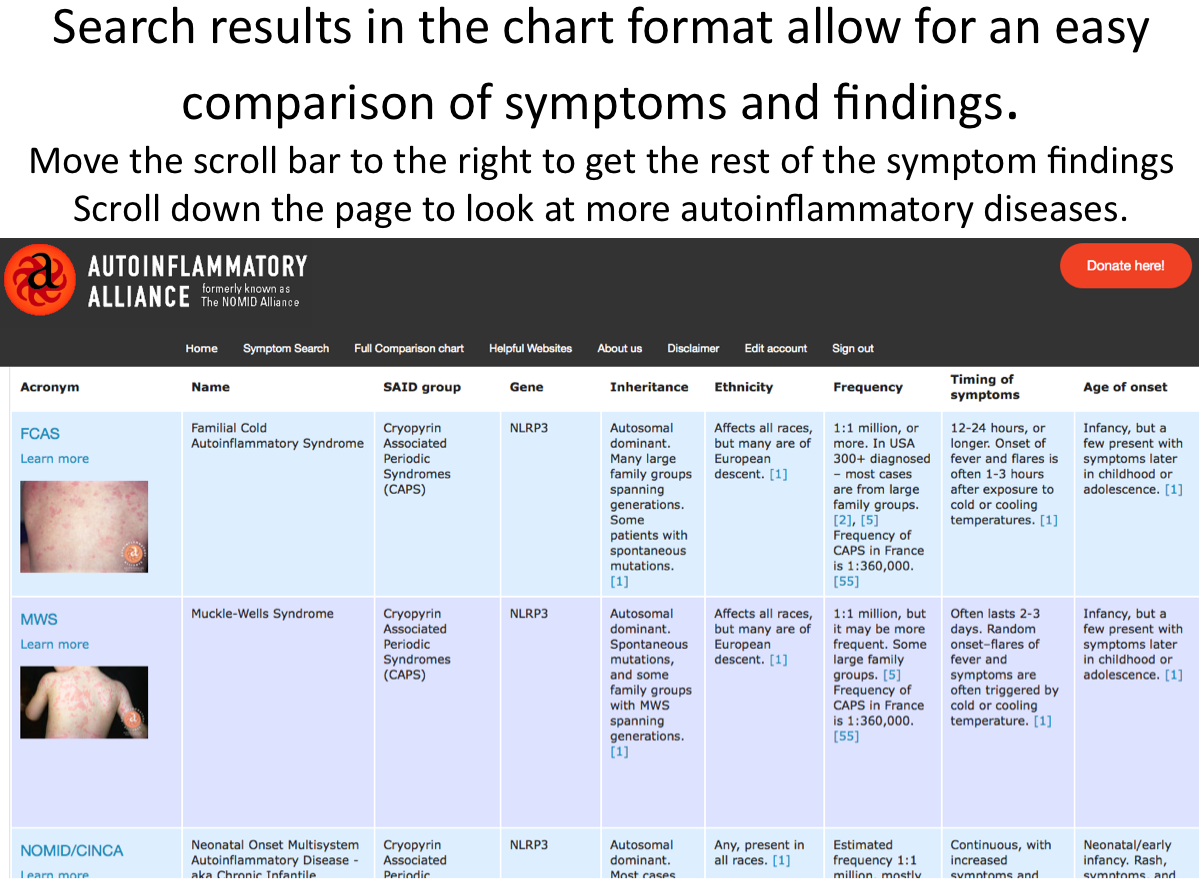
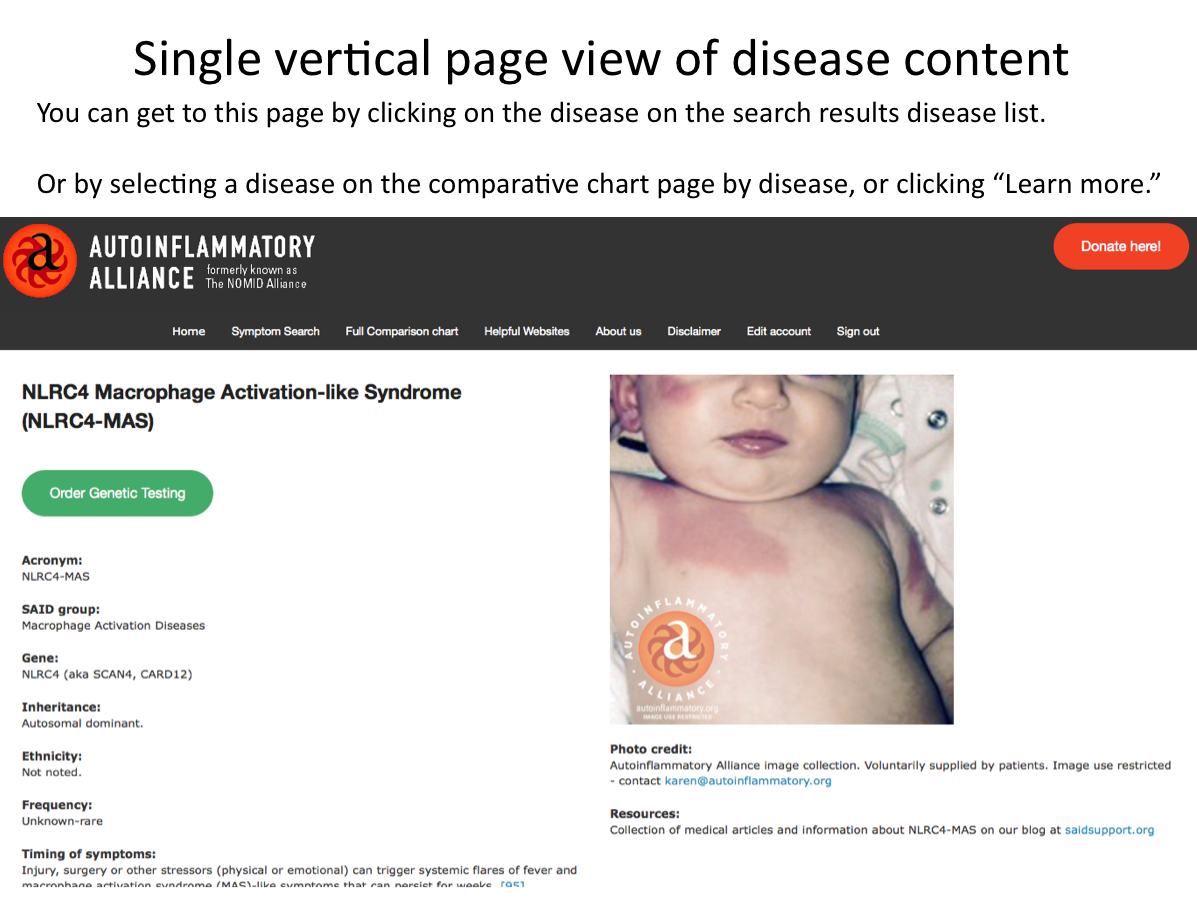
What do I do if the search says “None found?”
At this time, the search system is still being refined, and we are in what is known as “beta mode” to test the site, and work on improving it. We need more funding and support to be able to make this site better, and it will happen, but we wanted to have this available for now, while we work on making updates. Thanks for your patience! If you would like to donate to help us improve this site and for other projects, click here.
Note that a patient may have one of these diseases, but may not have all the known features and symptoms, or they may have additional symptoms that are not common, or listed in the literature. This can affect search results.
Not getting a result with a search does not rule out an autoinflammatory disease diagnosis.
If you get a “none found” result, try a few different searches, or review the full chart to see if any of the diseases have other features your patient has.
Try doing a more simple combination of symptoms, or pick one highly unusual symptom and search for that on it’s own. For example, “hearing loss” will bring up all the diseases that have that symptom.
We have tried hard to have accurate, up-to-date and comprehensive information for this database, but some diseases are very newly classified, so there is very little information about the disease in the literature. As more findings are discovered, we will add to the content on this site. You may get a “none found” because your patient has symptoms that have not yet been listed in the literature.
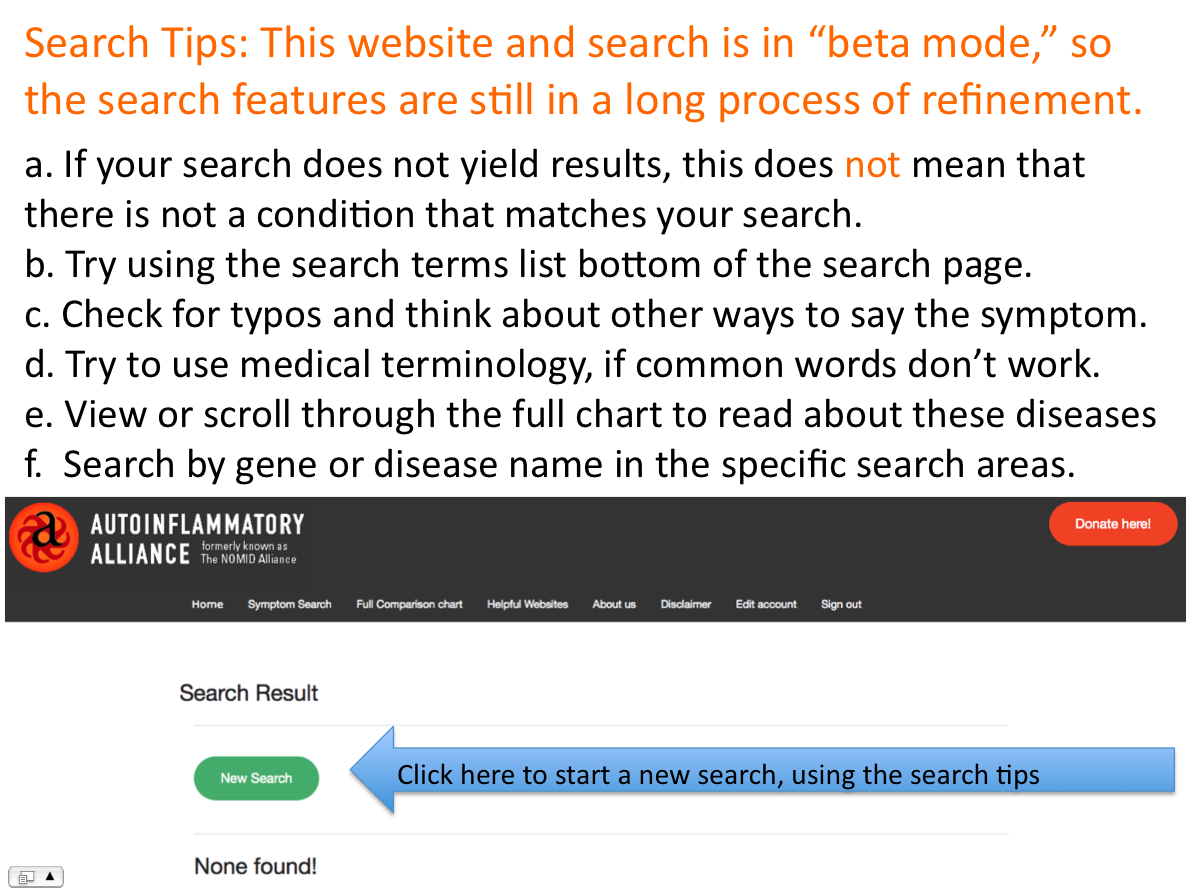
This sort of database has not been developed for autoinflammatory diseases before, or any other diseases for that matter with a comparative chart, so this was a new challenge for the Autoinflammatory Alliance and we have more to do to make it even better. Future plans include having it translated into multiple languages and to include more features, but we need your support. We need to raise more money to continue developing this online database and for the costs for hosting and maintaining the site going forward, so we hope that people will use the donate button in red on the site to show their support, or you can donate to the Autoinflammatory Alliance anytime on our website. It is essential to this project that we get more funding, and all donations are welcome, and will make a big difference.
Thank You to Our Expert Contributors, Donors, and Sponsors!
We are very thankful for the help on the initial development for this site, including guiding which diseases to focus on for this project, and on the original Comparative Chart of Autoinflammatory Diseases by a number of experts on autoinflammatory diseases, including: Dr. Scott Canna, Dr. Arostegui, Dr. Nico Wulffraat, Dr. Luca Cantarini, Dr. Mikhail Kostik. Dr. Anna Simon, Dr Joost Frenkel, Dr. Hal Hoffman, Dr. Raphaela Goldbach-Mansky, and many others. Their help has been incredible and we are thankful for their voluntary efforts for this cause.
The autoinflammatory-search.org site creation, programming and content development was made possible thanks to unrestricted grant funding for autoinflammatory-search.org by Swedish Orphan Biovitrum (Sobi) and by many donors from the public and patient community. The original printed chart project was supported by an unrestricted grant from Novartis Pharmaceuticals Canada. We also want to thank Black Peacock for the design and programming of the site, and for all their hard work, and the thousands of hours spent by some members of our Autoinflammatory Alliance board on this project. There is still more work to do, but getting this to this point has been a major undertaking, and labor of love by many people.
What’s in store for autoinflammatory-search.org in the future?
More funding and support, including volunteer technological help is welcome so we can make this resource even better! Some of our future plans that we want to work on, once we get the funding are:
- Photo gallery to feature more than one image per disease and the ability to search the gallery to compare the diseases.
- Translation into other languages for this site, and for a PDF printable version of the new chart. This is a much-needed and expensive, time-consuming undertaking, but one that will help people globally to get help for their disease, and for doctors to learn more about these rare diseases.
- Improved search options, expanded resources, and downloadable patient materials.
- Integration and updates of our current autoinflammatory.org website to be more connected to autoinflammatory-search.org and our blog here at saidsupport.org.
- And much more!
Thank you for your interest, and please let us know how we can make this better and what you like about it. We really appreciate your support.





